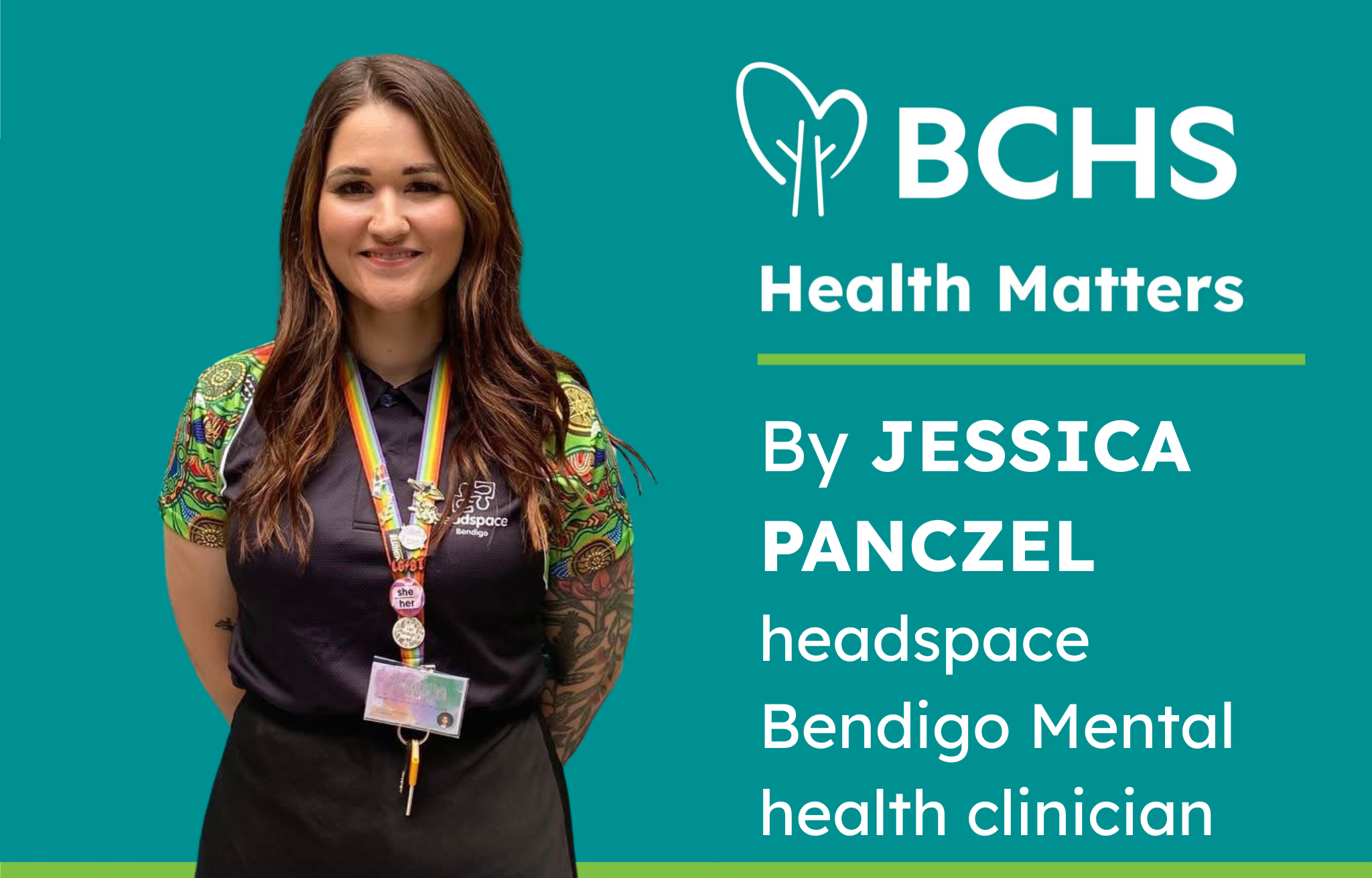The fraught relationship between behaviour and food, and how you can support your young person.
In any given year, around 4 per cent of Australian’s are living with an eating disorder, and almost one-third of these are young people aged 10-19. Eating disorders are often undetected, can take years to be formally diagnosed and as high as 3 in 4 people who meet criteria for an eating disorder do not seek professional help.
There is also a vast proportion of the population engaging in disordered eating behaviours and practices that do not meet the full threshold for an eating disorder. Disordered eating is a larger and more complex issue than most people are aware of, with many of these behaviours minimised or even normalised.
Skipping meals, avoiding food groups, fasting for long waking periods with the intention of weight loss or maintenance, are all examples of disordered eating behaviours that can fly under the radar and are even viewed as acceptable by many. However, these behaviours can be harmful, often precede the development of an eating disorder and are disproportionately affecting young people.
Young people and disordered eating in Australia
- Recent ABS data shows that in 2023, 18-19 year olds are eating 774kj less than they were in 2011-2012
- Only 50% of young people surveyed ate breakfast every day, and almost 3 in 10 often or always skipping breakfast.
- Over 1 in 3 adolescents are engaging in disordered eating behaviours in any given year.
Major factors for young people and eating disorders
Dieting is one of the strongest precursors for developing an eating disorder. In Australia, adolescent females who engage in “diets” and dieting behaviours are five times more likely to develop an eating disorder than those who don’t. This includes the restrictive behaviours outlined earlier, as well as adhering to rigid beliefs and “rules” around eating and intake, and pre-occupation with diet and body image.
Obsession and restriction around food are all concerning behaviours and should be taken seriously. This can look like cutting out major food groups from their diet without a medical indication or allergy, avoiding eating around others or situations and environments where eating is expected (e.g. parties, going out for dinner, etc.), labelling food as “bad” or making excessive and negative comments about body image or “fatness”.
These behaviours can also be masked as “clean eating and lifestyle choices”. For example, eating chicken, broccoli and rice every single day, measured and portioned to the exact gram for muscle gains can also be an example of restrictive and obsessive eating practices.
Early onset and frequency of dieting is associated with poorer physical and mental health, and increases the likelihood of developing an eating disorder, as well as increasing the likelihood of obesity.
Body image is a major driver for young people to engage in dieting or disordered eating, with 80% of young women reporting that they fear “getting fat”.
Other risk factors for eating disorders can include:
- Physical health conditions that require dietary modification (for example, coeliac disease, Crohn’s disease and other inflammatory bowel conditions, diabetes)
- Mental health conditions like depression, anxiety (in particular social anxiety and obsessive-compulsive disorder) and personality disorders.
- Neurodiversity (for example, attention-deficit hyperactivity disorder and autism spectrum disorder).
Barriers for young people
Primary barriers include stigma, shame and denial as well as a lack of knowledge about eating disorders and where to turn for help.
Other significant contributors include low levels of food literacy, young people who report higher levels of food insecurity, external social influences (e.g. peers, social media, culture and community, etc.) and the presence of some comorbid health conditions.
Lead the way for young people
Focus on food function. So, when discussing food intake talk to how different foods provide different nutrients and how it can fuel the body (for example, improving focus, energy levels and stamina). Avoid linking food choices with weight gain or loss.
Be neutral about body image. While being positive about your young person’s appearance is not a bad thing, it places importance on how they look. This can make natural body changes and transitions more difficult and distressing when the happen. Similarly to discussing food, focus on performance, function and strength when discussing people’s bodies.
Practice what you preach. If you are skipping meals, not prioritising your intake and talking negatively about your body’s appearance around others (particularly younger people) it creates a confusing narrative and normalises these behaviours to them.
Promote regular, intuitive and mindful eating. It’s recommended that everyone eats a meal or snack every 3-4 hours that they are awake. Limit other distractions, sit down together to eat and be present with each other. Avoid being forceful or withholding enjoyable foods as a “punishment”.
If you need it, support is available via eheadspace seven days a week from 3-10pm (AEDT), or call 1800 650 890.
References
Australia’s youth: Nutrition – Australian Institute of Health and Welfare
Food and nutrients, 2023 | Australian Bureau of Statistics
Eating Disorder Statistics & Key Research | Eating Disorders Victoria
Australia’s youth: Nutrition – Australian Institute of Health and Welfare
